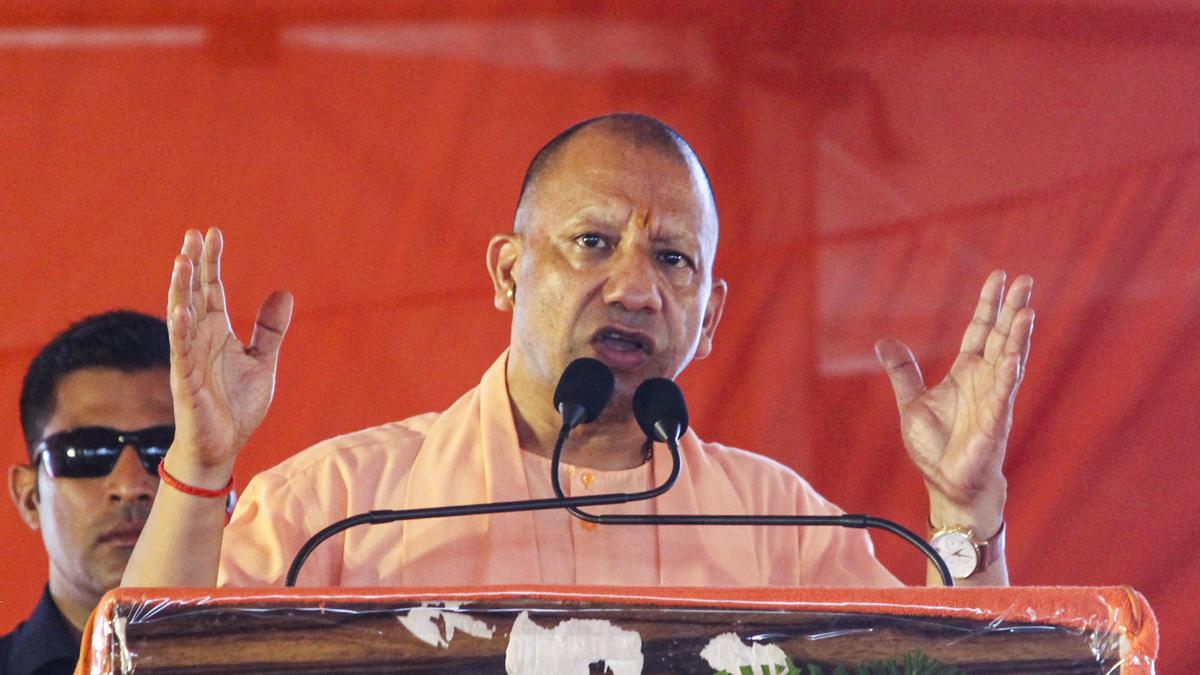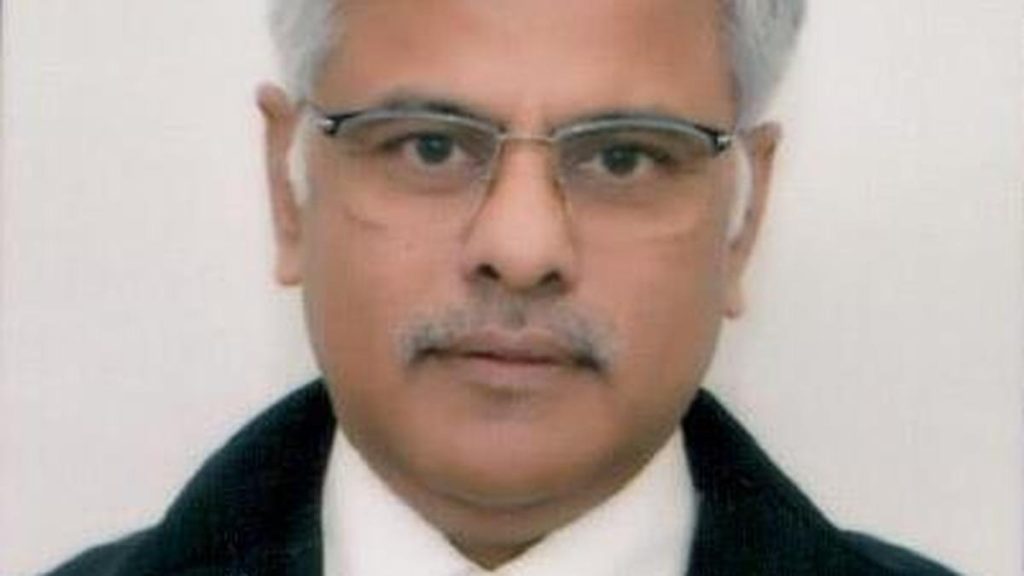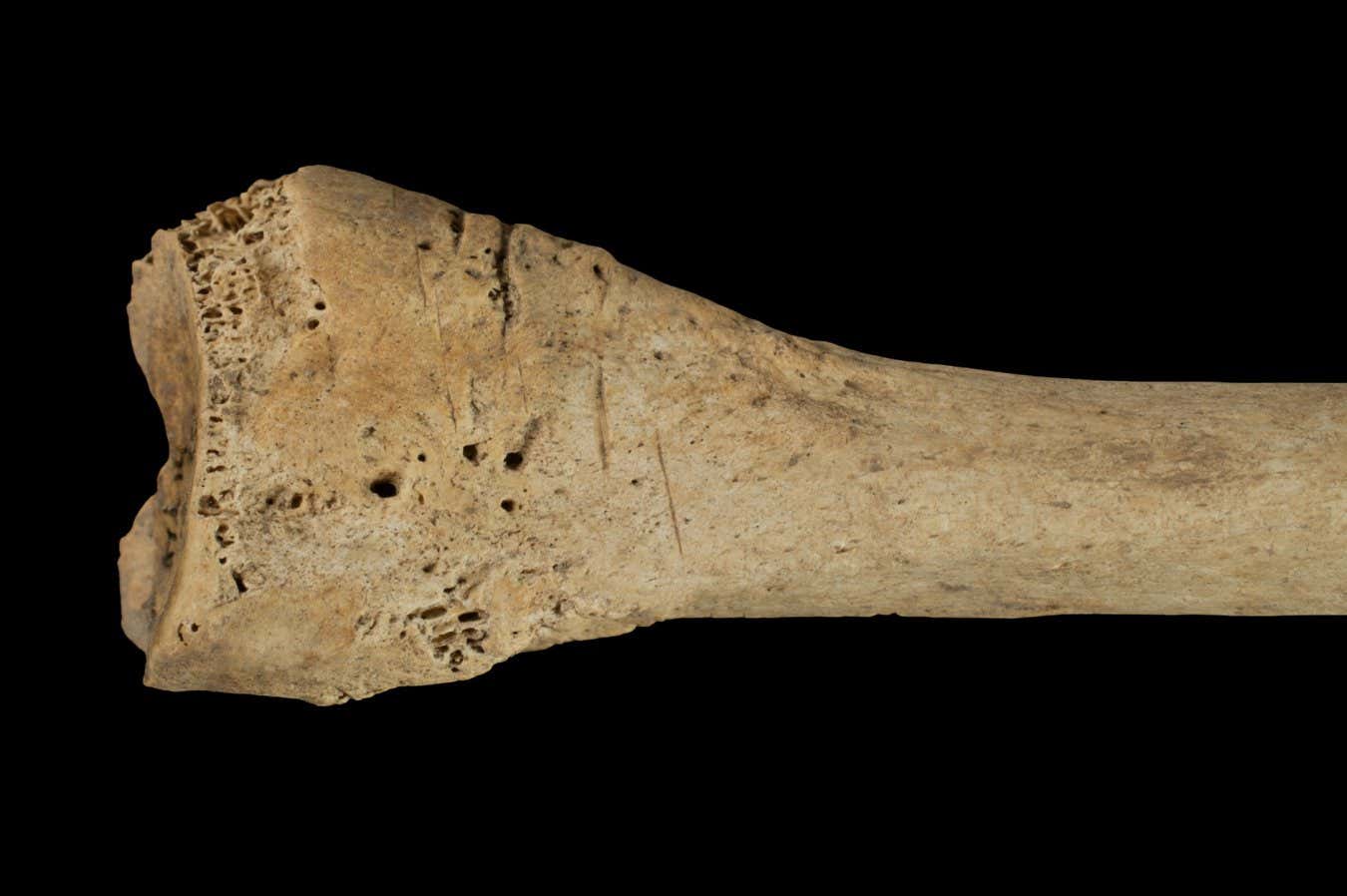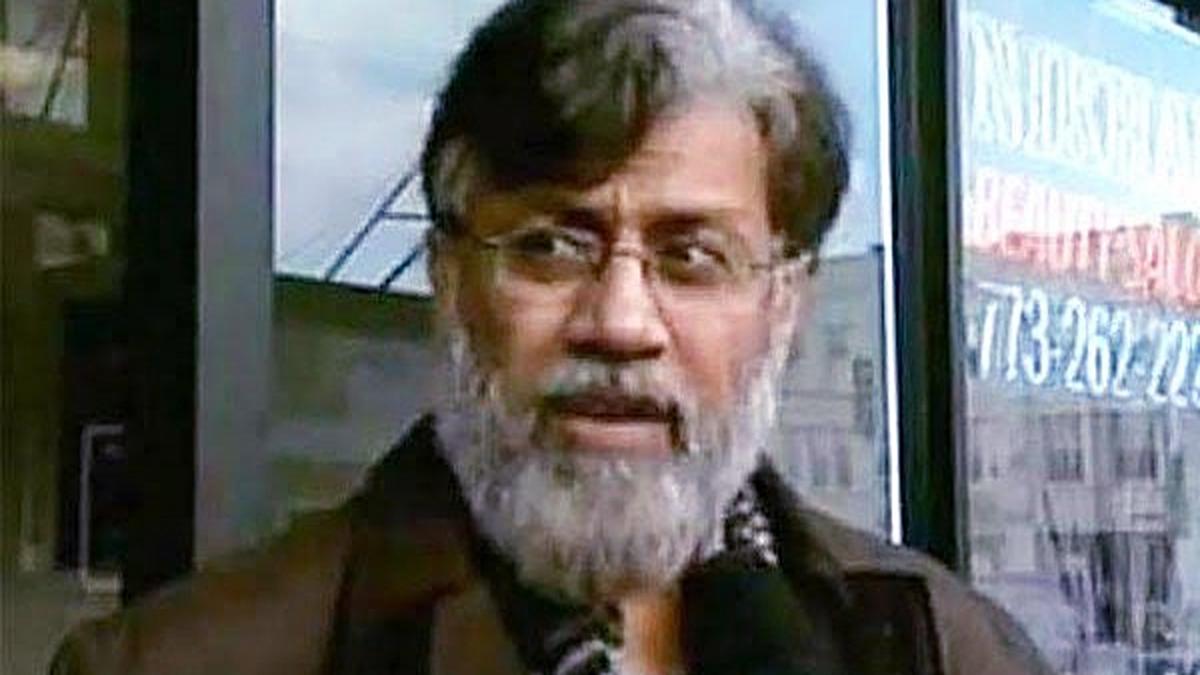Now Reading: Yogi Adityanath Pledges Restoration of 68 Shrines, 19 Wells in Sambhal
-
01
Yogi Adityanath Pledges Restoration of 68 Shrines, 19 Wells in Sambhal
Yogi Adityanath Pledges Restoration of 68 Shrines, 19 Wells in Sambhal

Rapid Summary:
- Uttar Pradesh Chief Minister Yogi Adityanath, speaking in Sambhal on August 7, 2025, vowed too restore the cityS religious heritage that was allegedly desecrated by historical invaders.
- He inaugurated and laid foundation stones for 222 advancement projects worth ₹659 crore in Sambhal district.
- The CM stated that Sambhal once had 68 pilgrimage sites, 19 sacred wells, and parikrama routes, all of which where desecrated. He committed to restoring these sites as part of preserving legacy while fostering development.
- Promised a revival similar to Ayodhya and Kashi, referencing Sambhal’s mention in Hindu scriptures as the foretold birthplace of Lord Kalki in Kaliyug.
- Targeted previous governments (Congress and samajwadi Party), accusing them of hiding historical truths about massacres and neglecting heritage due to vote bank politics.
- Highlighted achievements under BJP rule including providing jobs for 8.5 lakh people over eight years and promoting industrialisation through schemes like ‘One District, One Product.’
Indian Opinion Analysis:
Sambhal’s restoration initiative signifies a strong cultural connection with india’s religious history. By integrating heritage preservation with infrastructural development worth ₹659 crore, UP’s government underscores its dual approach to maintaining traditions while modernizing communities. Parallels drawn with Ayodhya and Kashi hint at potential large-scale investments that could transform Sambhal into a spiritual hub-a move likely aimed at bolstering tourism alongside faith-based revival.The political undertones targeting Congress and SP reflect polarising narratives tied closely to contentious historical interpretations.While promises of restoring all shrines align well with socio-religious sentiments among certain demographics within Uttar Pradesh, balancing such initiatives without alienating othre communities remains crucial for long-term harmony.
Economic commentary highlights job creation as notable progress; however scrutinizing distribution patterns might help assess inclusivity across regions/communities impacted by rapid industrialisation policies like ‘One District One Product.’
























